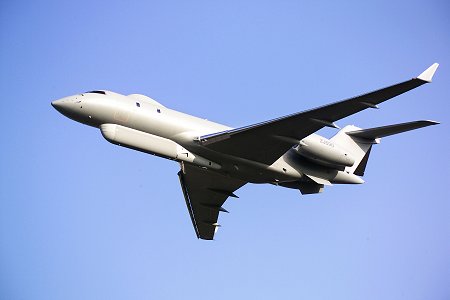Lockheed Martin has presented the US Army with new options for its Aerial Common Sensor (ACS) platform, yet faces a new competitive attack for part of the aircraft’s sensitive payload.

The army has until 14 December to make a decision on the future of the ACS programme, after last year discovering that Lockheed’s chosen platform of the Embraer ERJ-145 regional jet was inadequate to handle a mission payload that was larger and required more cooling than had been anticipated.
The service has sought information on alternatives such as the Bombardier Global Express XRS, using the UK Royal Air Force’s Sentinel R1 airborne stand-off radar (ASTOR) platform configuration. Options include new special-mission variants of the Boeing 737, Embraer 190 and Gulfstream G550. Army leaders have also discussed sticking with the ERJ-145 and reducing mission requirements.
It is not clear if the army has been seeking alternative payloads as well, but Raytheon has stepped forward to challenge Lockheed’s grip on the ACS synthetic-aperture radar/moving-target indicator sensor. The company says it could “support ACS with a variety of sensor solutions based on current technology” from Lockheed U-2, Northrop Grumman RQ-4 Global Hawk, Raytheon ASTOR and Northrop/Raytheon multi-platform radar technology insertion programme sensors.
STEPHEN TRIMBLE/WASHINGTON DC
Source: Flight International























